
As the weather warms up this spring, we hope you are taking some time to be outside and enjoy the turn of seasons. And if you’re not, maybe May’s History Club activities can encourage you.
This month, we are going to look at how different spaces in downtown La Crosse have been informally coded in gendered, racial, and economic ways throughout its history. For Activity #1, we’re going to dive into sources that show how bars, restaurants, and other businesses had coded rules for its clientele.
What do we mean by “coded”?
We all follow a set of social rules, or norms, without even noticing we are doing it, and these rules are baked into our culture in ways that can be wholesome and empowering, and in other ways that are cruel and exclusionary. For example, in 1890s La Crosse, a tavern could serve only male clientele. Or a restaurant may have divided spaces for community members and the river traffic. During the Jim Crow-era, businesses refused service to Black Americans.
Coded rules have largely changed over time and new ones have replaced them, or even exist in response to others. For example, because being gay was criminalized and even in the early 1980s a man could get kicked out of a bar in La Crosse for dancing with another man, gay bars were established so folks in the LGBT community could socialize in safer ways.
We see the exploration of La Crosse’s coded rules about which kinds of people can inhabit which social spaces—past and present—as an extension of our interest in Social History. To recap, social history seeks to recover details about the daily life of people who didn’t have the leisure time and means to produce memoirs or donate documents to archives. What the rules for socializing in public, getting a meal, or shopping for necessities were for prior generations in La Crosse might otherwise be lost to us if we don’t investigate them. So let’s look at some examples where we have sources that allow us to take a peek into coded rules in La Crosse.
Historic La Crosse Businesses With Coded Rules
The Palm Garden
In the late 1800s and early 1900s, folks who lived on the rivers for work (e.g. transporting lumber down the rivers, working on riverboats, etc.) were largely stereotyped as the driving force behind criminal and “immoral” activities in La Crosse—drinking, violence, and frequenters of the Red Light District. In 1899, the Palm Garden opened on Front St. just a half block south of the boat landing. They had two entrances: one facing the tracks on the riverfront for incoming traffic, and one on Front St. for townspeople with a barricade down the middle of the building. To our knowledge, no other business catered to both populations like this—most catered to only one.

Excerpt from Push: An Illustrated Edition of Progressive and Industrial La Crosse, page 32.
Cigar Shops and the La Crosse Club
“After a hard day’s work in late 19th century La Crosse….a fellow needed a place to relax….to play some cards….talk over the day’s events….maybe go over a business deal. For a group of La Crosse businessmen in the 1880s, the place to get together was not one of the 27 hotels in town or the 99 saloons. It was one of the eight cigar shops in the city, where they could gather under a cloud of blue smoke to play chess or checkers or just talk.” – Susan Hessel in Leisure with Dignity: A History of the La Crosse Club (page 1).
In 1881, one of the men who frequented these cigar rooms organized the La Crosse Club, “not with ideals to change the world but to make the world more enjoyable for its members. It offered a refuge from the demands of business and family,” wrote Hessel in her book Leisure with Dignity. The La Crosse Club was a kind of “third place” for the businessmen of the city to spend time between the office and home. It was a place where they bowled, played billiards, drank fine liquor, and (of course) smoked cigars. For its first 104 years, the La Crosse Club was open only to men who had the money to pay the member fee. They opened their membership to women in 1985.
On pages 55-56 of her book, Susan Hessel describes some of the La Crosse Club’s most notable members and visitors:
Leisure with Dignity: A History of the La Crosse Club, by Susan T. Hessel
To open larger images in a new tab: title page | page 55 | page 56 | page 57
Saloons, Taverns, & Taprooms
Men who couldn’t afford to smoke cigars and socialize with the men of the La Crosse Club socialized instead in saloons, taverns, and taprooms. While it wasn’t illegal in La Crosse for women to also occupy these spaces, the social norms of the time made it unlikely for many women to want or be able to spend time in saloons. During the Temperance Movement, many wives argued for Prohibition because their working-class husbands spent large portions of their paycheck on beer and liquor instead of feeding their families.
Below are some photographs held at the La Crosse Public Library showing men and their saloons, circa 1880-1915.
Anti-Black Discrimination in Downtown La Crosse
In fall 1941, a Black woman named Lillian Smith Davenport, who was born and raised in La Crosse but living in Chicago at the time, came home to visit her mother and found signs in the windows of some downtown restaurants that said “No Colored Trade Solicited.” She reported the signs to the Wisconsin NAACP, who took legal action and got the signs removed. While this incident didn’t make it into the La Crosse newspapers, it was reported on in some newspapers located around the country:
Pittsburgh Courier, Feb 2, 1942
Tattoo’s
The rise of gay bars in the U.S. started in the 1930s in larger cities, as gays and lesbians looked for spaces where they could be safe from criminalization. La Crosse’s first known gay bar opened in 1966, and between 1966 and the early 2010s there were 17 total bars in La Crosse that catered specifically to folks in the LGBTQ+ community.
One of these bars was called Tattoo’s and was located in North La Crosse near the corner of Rose and Gillette streets. Tattoo’s functioned specifically as a lesbian and feminist bar. La Crosse’s lesbian community used the community board at Tattoo’s to connect, and the women behind the lesbian newsletter Leaping La Crosse News wrote about the bar often.
Check out this 1977 issue (when the newsletter still went under the name “National Lesbian Feminist Organization”), where the authors discuss who is safe at Tattoo’s and who is not safe.
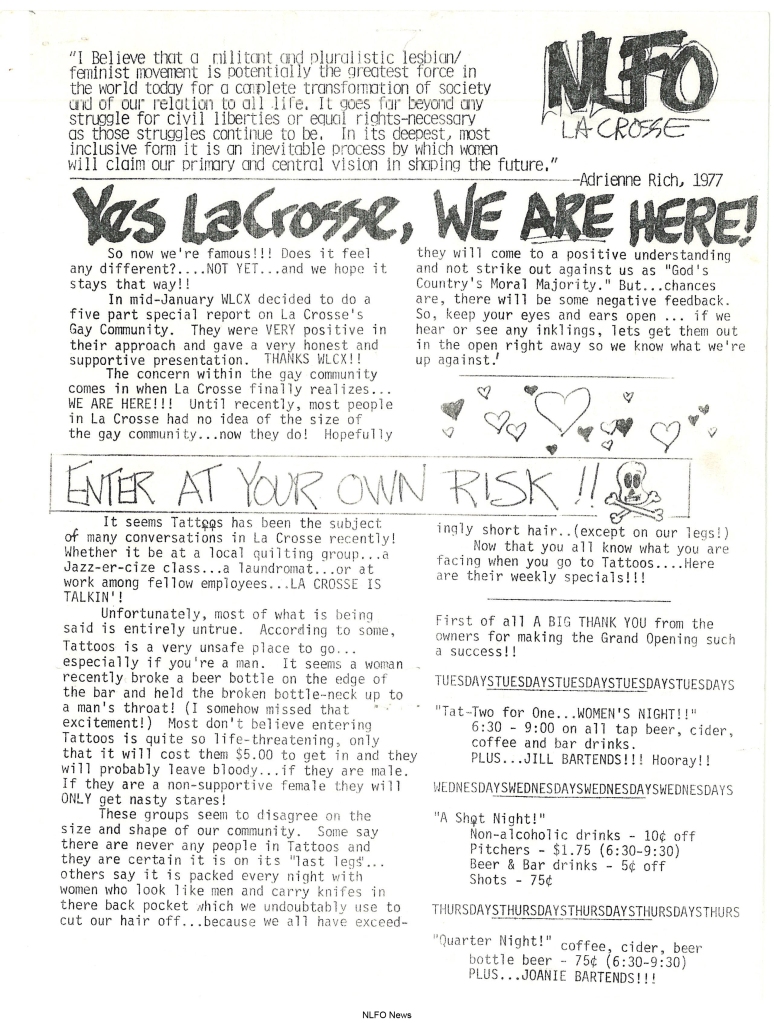
Let’s Explore!
Sometime during this month, we encourage you to go look around town and notice spaces with coded rules. One opportunity for you to do this would be to attend the Footsteps of La Crosse history tours, hosted by the La Crosse Public Library Archives & Local History Department. Specifically, the first and last tours in the series will focus on businesses and institutions that may have had coded rules in their history, but maybe you want to attend all of the tours to start thinking about how interconnected our history is.
Note: Tours are free to attend, but you should register. Go here to register for each tour: http://www.lacrosselibrary.org/events
Tour Schedule

Guided Questions:
- What are some examples in your own life where you felt excluded due to coded rules? What are some examples when you were included in coded rules?
- In times when you’ve witnessed coded rules at play in your life, what is the historical context of those rules? Why do they exist?
- While looking at the sources in this activity, did you have any big feelings one way or another? Were there times you felt empowered? Angry? Sad? Why or why not?
NOTE: This month’s meeting has been moved to Thursday, May 30, 5:30-6:30pm so that anyone who wants to join the May 29 Footsteps tour may do so. RSVP here.

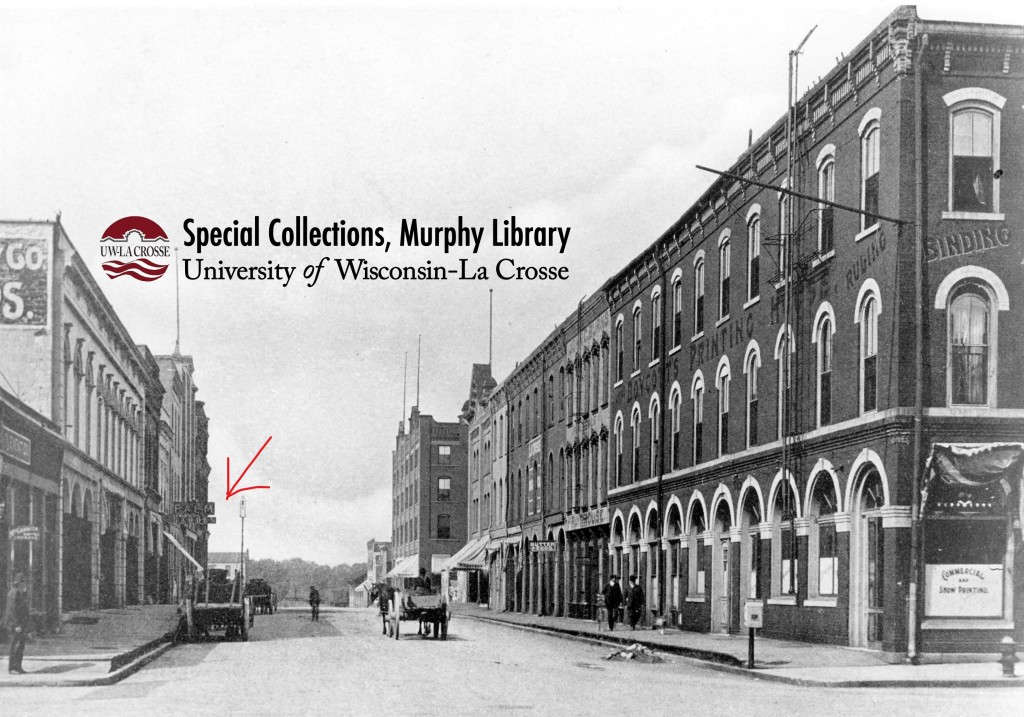
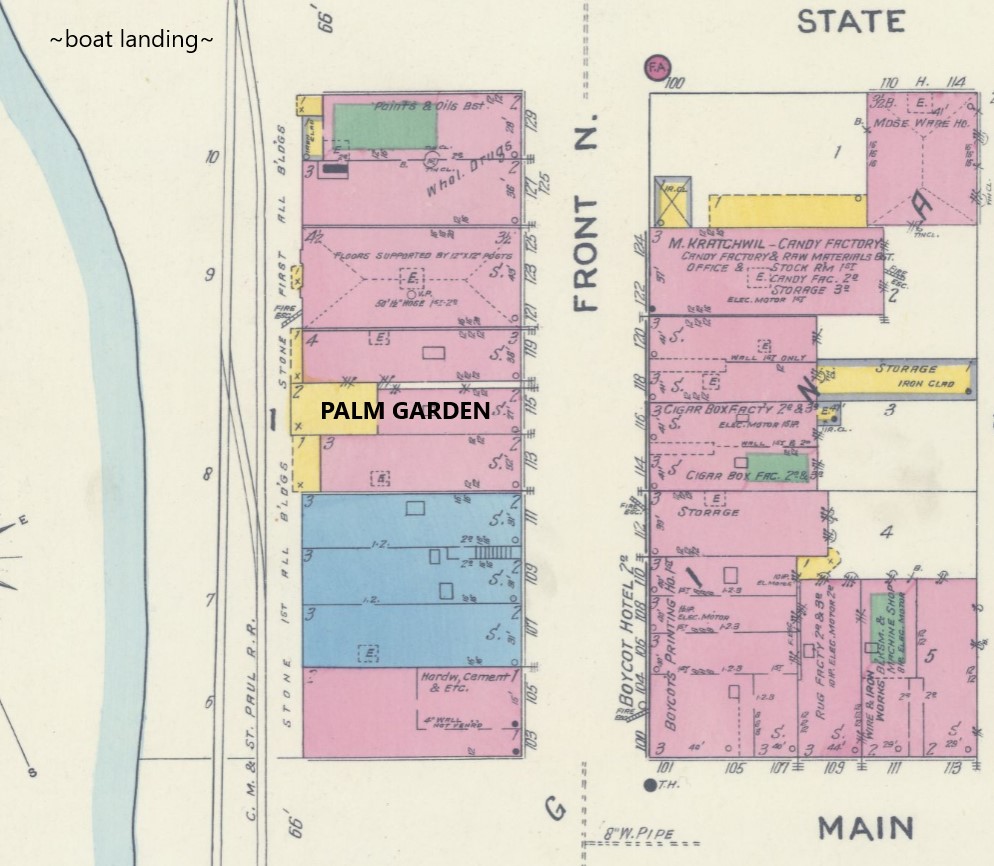

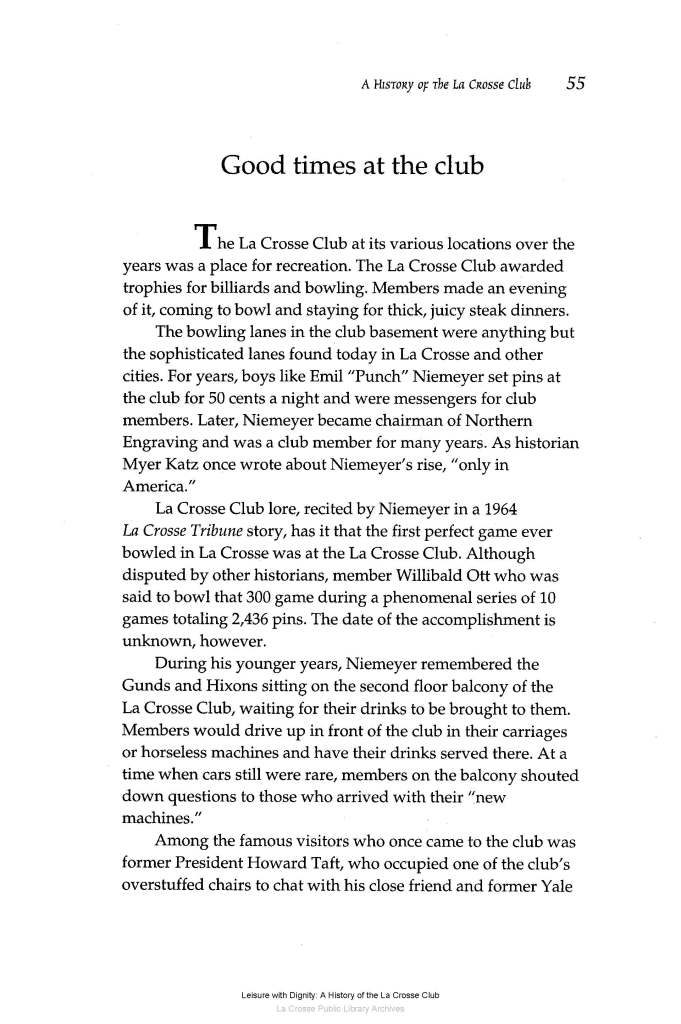

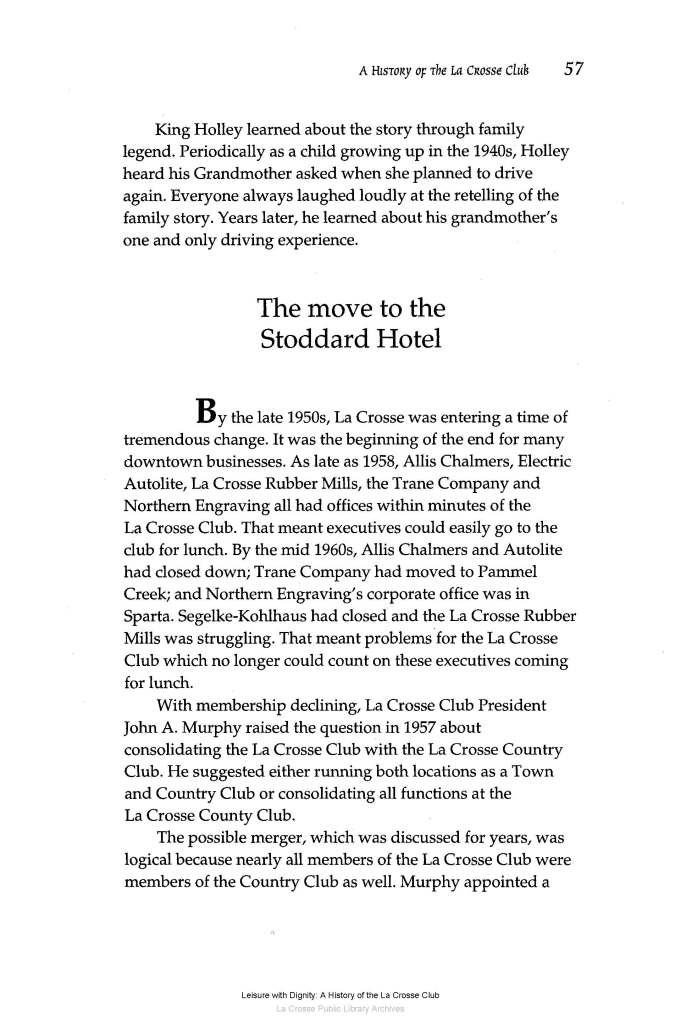
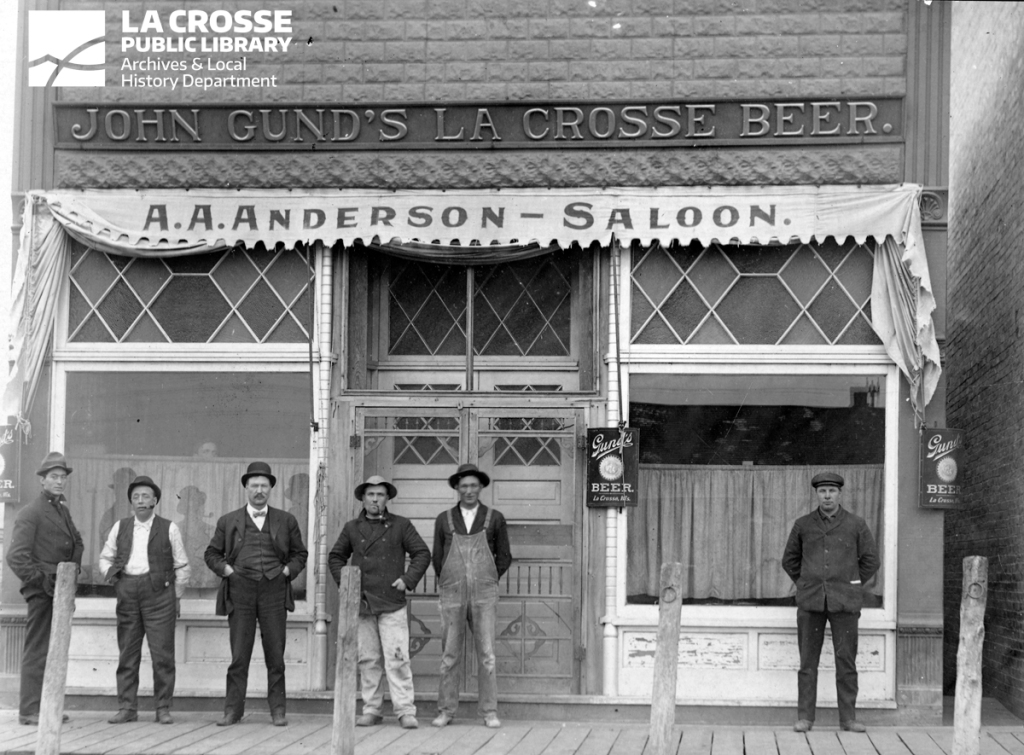



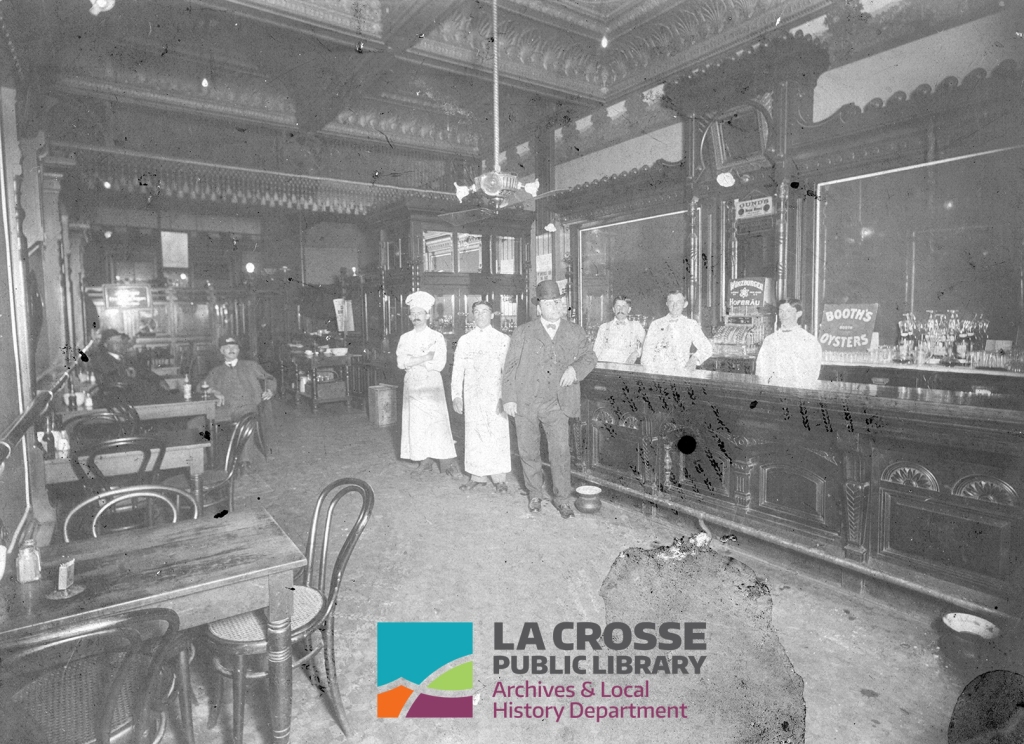
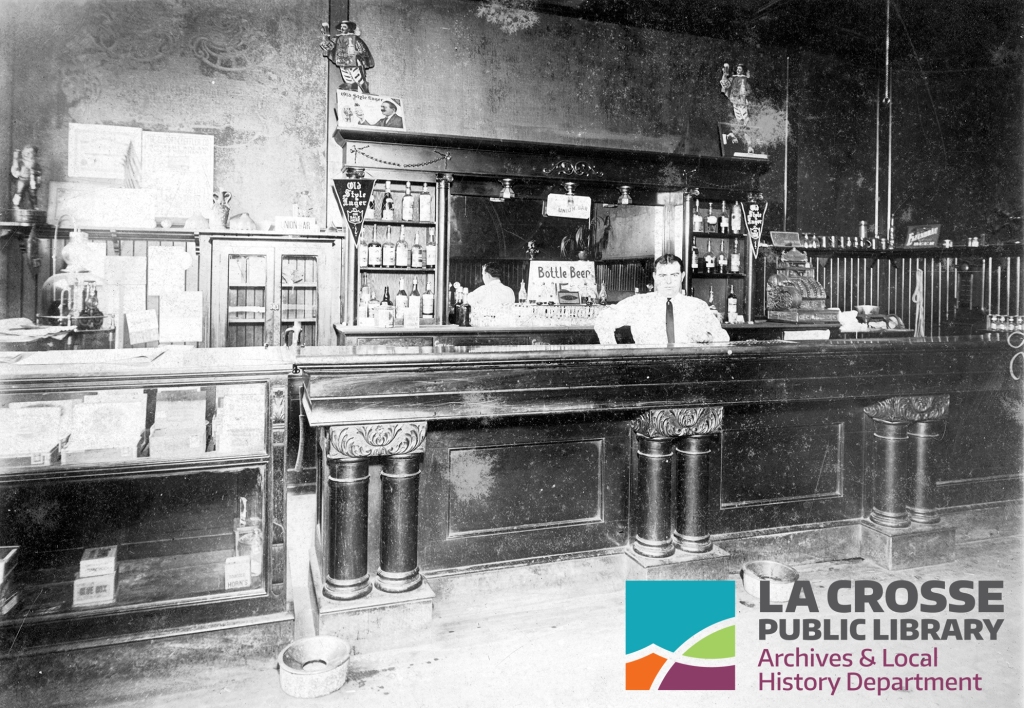


Pingback: June 2024 | [La Crosse] History Club